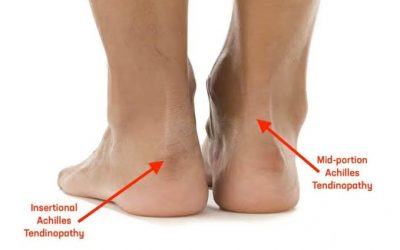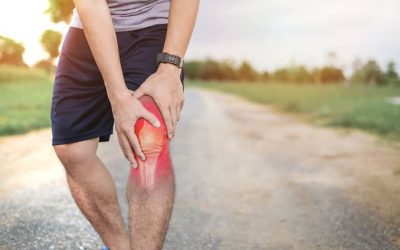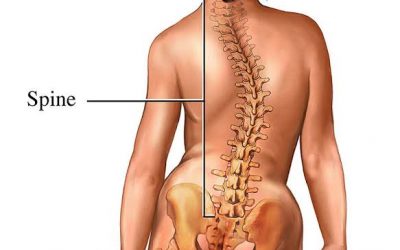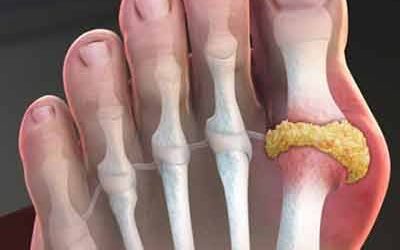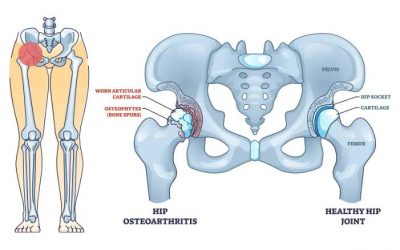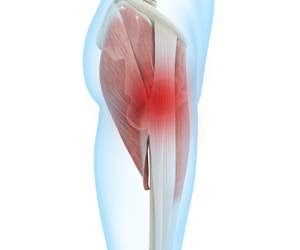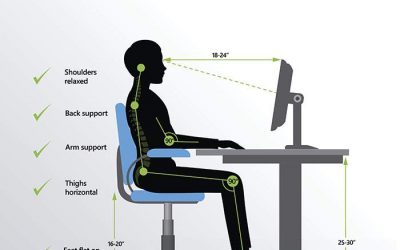Iliopsoas Related Groin Pain
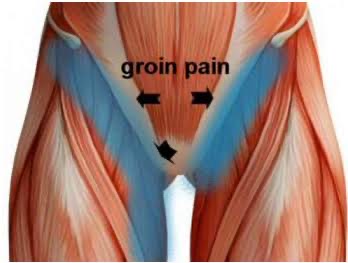
Anatomy of Iliopsoas

The iliopsoas muscle is a composite muscle formed from the psoas major muscle, and the iliacus muscle. The psoas major originates along the outer surfaces of the vertebral bodies of T12 and L1-L3 and their associated intervertebral discs. The iliacus originates in the iliac fossa of the pelvis.
The psoas major unites with the iliacus at the level of the inguinal ligament. It crosses the hip joint to insert on the lesser trochanter of the femur.The iliopsoas is classified as an “anterior hip muscle” or “inner hip muscle”. The psoas minor does contribute to the iliopsoas muscle.
What is Iliopsoas Related Groin Pain?

Groin pain refers to discomfort in the area where the abdomen ends and the legs begin.Iliopsoas Related Groin Pain is pain related to the hip flexor muscles at the front of the hip, with the main hip flexor being the iliopsoas muscle.The iliopsoas muscles run together through the pelvis, over the front of the pelvic rim and deep across the front of the hip. The iliopsoas is separated from the hip joint by a large bursa (iliopectineal or iliopsoas bursa). This bursa (soft pad) reduces friction and helps the tendons slide freely across the front of the hip.
What is symtoms?
Iliopsoas problems may occur as an overuse injury resulting from excessive hip flexion such as kicking. They present as a poorly localized ache that patients usually describe as being a deep ache in one side of the groin. There are two key clinical signs that point to the Iliopsoas as the source of groin pain.
- The first, tenderness of the muscle in the lower abdomen, relies on palpation of the Iliopsoas muscle, which is difficult in its proximal portion, deep within the pelvis.
- Nevertheless, the skilled examiner may detect tenderness more distally, particularly in thin athletes, by palpating carefully just below the inguinal ligament, lateral to the femoral artery. and medial to the Sartorius muscles.
- Passive hip flexion facilitates this palpation.
- The second key clinical sign that helps distinguish the Iliopsoas from other sources of groin pain is pain and tightness on Iliopsoas stretch that is exacerbated on resisted hip flexion in the stretch position.
- Frequently, the further addition of passive cervical flexion and kenee flexion will aggravate the pain, indicating a degree of neural restriction through the muscle.
- It is important to examine the lumber spine as there is frequently an association between Iliopsoas tightness and hypomobility of the upper lumbar spine from which the muscle originates.
Self-treatment tips for the iliopsoas related groin pain
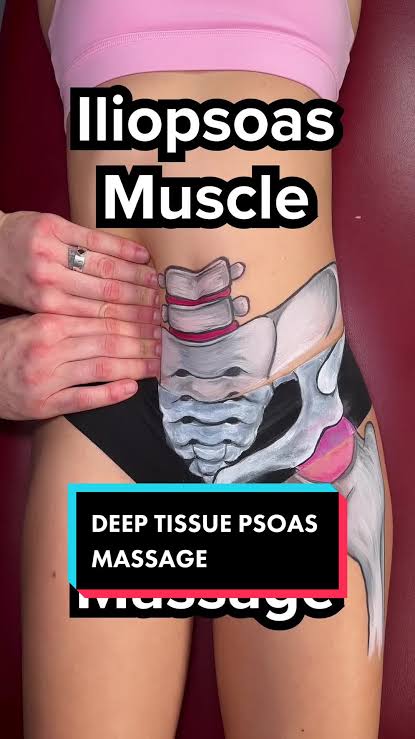
In a seated position, put your hands on your hips with your fingers facing forward to feel the bony angle of the ASIS . Reach inside the hip bone with your fingers and press or squeeze the iliacus portion of the psoas. The iliacus covers the whole inside of the ilium, so you can treat any places that you can reach with your fingers or thumbs, down to the inguinal ligament at the crease in your thigh.
Treating the psoas portion of the muscle is more challenging because it lies deep in the belly right against the spine. Lie on your back with your knee drawn up and supported on a pillow to keep it relaxed. Find your navel with your fingers and move a few inches to the side of it to feel the abdominal “6-pack,” (rectus abdominis). Relax your belly and exhale. At the edge of the rectus, and with three fingers held together, angle in and down toward the spine. (Your intestines will be soft and flat if there is no food in them.) Press until you get a sensation that may feel like gas or menstrual cramps. It could be painful and sharp if the muscle is unhappy. If you feel the strong pulse from the abdominal aorta, reposition your fingers so you’re not right on it. You will probably need assistance from your other hand to get enough pressure. The muscle attaches to all of the lumbar vertabrae (the lowest 5) so you can press all along it down into the pelvis. At that point it angles outward to join the iliacus portion inside your hip bone and can be treated with that muscle.
